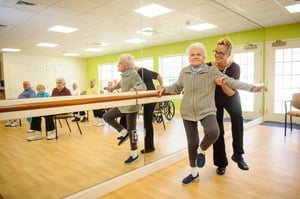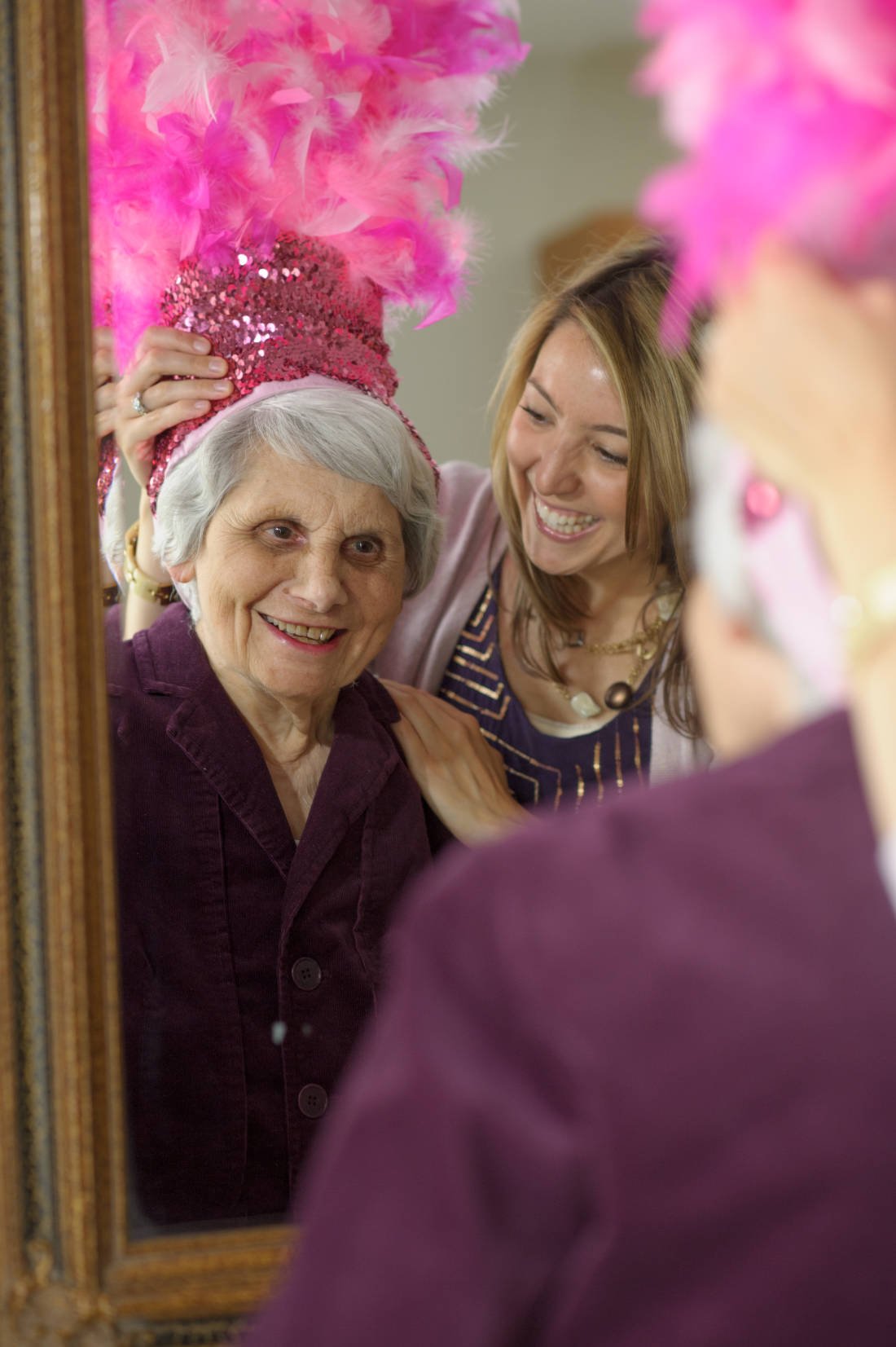Tips for Improving Physical Dexterity in Older Adults
assisted living | Aging & Caregiving
 Many older seniors become less agile as they age due to a combination of physical and mental factors.
Many older seniors become less agile as they age due to a combination of physical and mental factors.
This can lead to decreased mobility, loss of independence, and overall declines in quality of health. But it doesn't have to be this way.
Let’s take a closer look at why physical dexterity matters for seniors, along with ways you can help your aging loved one become more active.
The Importance of Physical Dexterity
Exercise offers improved health across a broad range of outcomes -- including everything from immune function to bone density. However, few seniors get the exercise they need. Unfortunately, the longer they remain sedentary, the harder it may be to get them up and moving.
With recent research from the U.S. Department of Human Services indicating that a mere five percent decrease in body weight lowers an individual’s risk of Type 2 diabetes while improving blood pressure and lipid levels, it’s particularly important to help your loved one take steps to improving physical dexterity.
Getting Started
Before beginning any new fitness program, be sure to check in with your aging loved one's physician. Also, ensure that the area where he/she will be exercising is safe and free of fall hazards, including cords and other clutter. Make sure that your loved one has proper footwear for exercising, along with plenty of water to ensure adequate hydration.
Every senior fitness program should include a combination of strength training, balance and flexibility work, and aerobic exercise. Many senior centers, gyms and other community organizations offer classes for older adults. These programs are not only targeted at the specific needs of seniors, but also offer valuable opportunities for socialization. Or for more individualized attention and motivation, consider enlisting the help of a personal trainer.
Wondering how much exercise your aging loved one should be getting? The Centers for Disease Control and Prevention has determined a handy set of guidelines for seniors. Depending on the level of intensity, this ranges between 75 and 150 minutes of exercise every week, in addition to muscle-strengthening activities.
The Small Things
Don’t forget that in addition to incorporating a variety of different exercises for developing large muscles, it is also important to provide opportunities for developing dexterity in small everyday tasks. These tasks can include pressing buttons on the telephone, using a pair of scissors or tying a bow, playing cards, writing or painting, or buttoning a shirt or blouse.
An occupational therapist or personal trainer who specializes in geriatric fitness can offer simple exercises for developing these skills. Hand weights, hand-strengthening squeeze balls, finger grippers, and grabber tools can provide help in working smaller muscle groups.
The Caregiver’s Role
Be sure to acknowledge any concerns or anxieties that may occur along the way. While trying something new at any age can be a challenge, these fears multiply with age. Your support, patience, and accountability goes a long way... as seniors start to build balance, mobility and strength, they also grow in confidence.
These improvements not only provide immediate physical benefits, but also give your loved one a beneficial brain boost while simultaneously enhancing his/her loved one’s ability to live independently.
Regardless of age or physical limitations, there are plenty of ways to incorporate exercise and enhance physical dexterity among seniors. And remember: a few simple habits can go a long way when it comes to helping your aging loved one gain confidence, mobility and quality of life.
Key Takeaways
- Increased physical dexterity has a significant impact on the mental and physical health of seniors.
- Physicians, along with other fitness professionals, offer valuable partnership in supporting senior wellness initiatives.
- Check into community resources aimed at promoting physical fitness for seniors.
- The support and encouragement of caregivers is critical to helping seniors overcome any physical or emotional barriers along the way.
About Marissa Salvesen
My journey into the world of senior living began when I started working for United Methodist Homes in 2010. Starting as an Activities Director at one of our-winning assisted and independent living communities and then transitioning to Marketing and Promotions Manager for UMH, I now work as the Manager of Mission Development, fostering the Mission and Values of our organization. I love sharing stories about the many ways we build meaningful relationships and enrich the lives of those we serve, and am proud to be part of building UMH’s 140-year legacy of caring. Wondering what makes our communities such special places to live and work? Connect with me and find out!

Our Blog is a 2016 Platinum Generations Award Winner! The Generations Award is an annual international competition for excellence in senior marketing recognizing professionals who have communicated to the 50+ Mature Markets.



